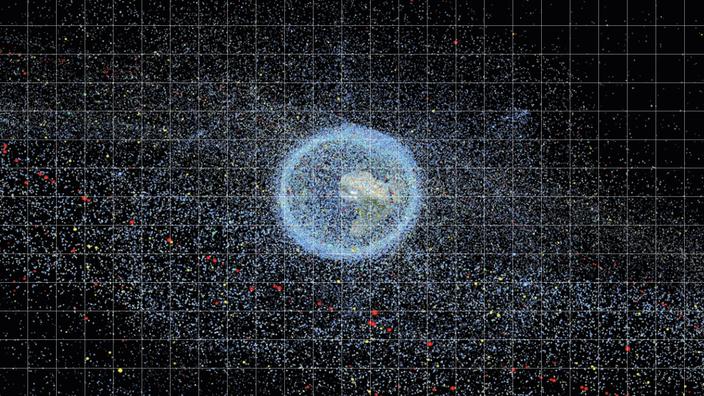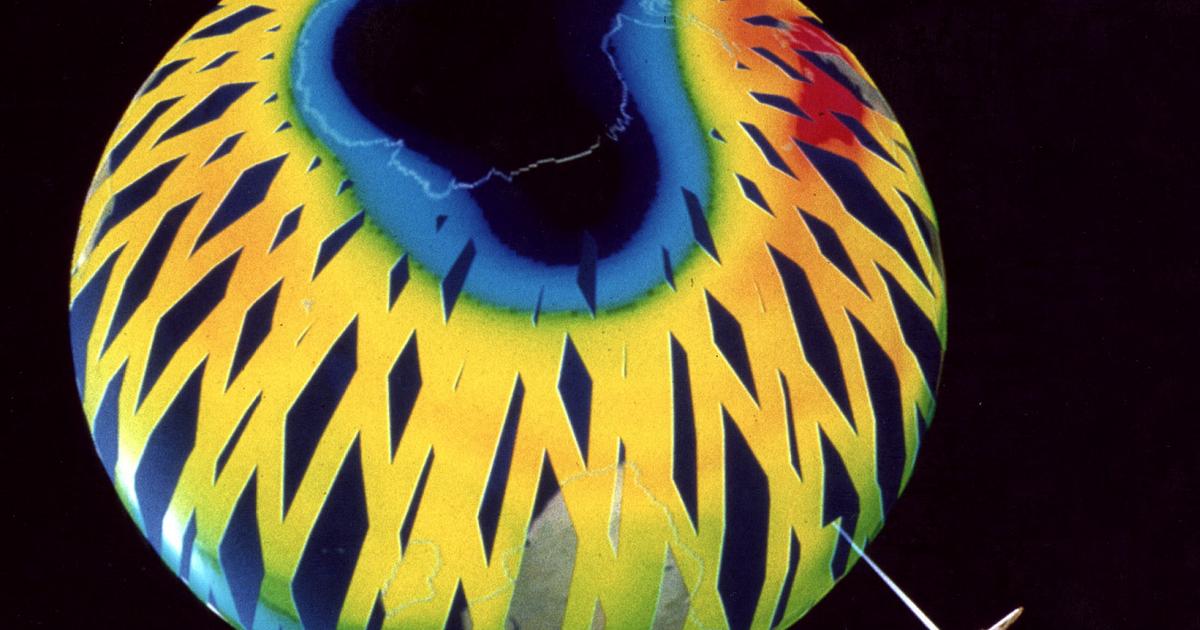Audiard, Lautner, and Gabin's intuition in
Le Pacha
was almost perfect, pretty much.
Because it is the old debris which, once in orbit, does not stop spinning.
Up there they continue to break them down for us, to pollute the world!
And it is not the number that is lacking.
So we try to bring them back down, to make them burn up in their fall.
The European Space Agency (ESA) is keeping the accounts: there would be 28,250 debris from objects tracked in orbit around the Earth.
They are the result of 6,010 successful launches since the start of the space age in 1957, having so far placed 10,620 satellites in space, of which 6,210 are still there and about 3,300 are still operational.
Space activity has therefore produced a multitude of objects whose trajectory is no longer controlled, representing a major threat of collision for machines in service, including the international space station.
There would be 34,000 of a size greater than 10 cm, 900,000
This article is for subscribers only.
You have 80% left to discover.
Subscribe: 1 € the first month
Can be canceled at any time
I ENJOY IT
Already subscribed?
Log in


/cloudfront-eu-central-1.images.arcpublishing.com/prisa/RIQQXVYJMFETZBCNMM4JS7QSE4.jpg)
/cloudfront-eu-central-1.images.arcpublishing.com/prisa/Q2GFUQLBLVDFDE4G6U6GH2UFJE.png)










